COVID TRANSMISSIONS
As the COVID-19 pandemic continues to unfold, farmers are feeling a mix of anxiety and uncertainty just as urban Albertans are. However, there is an emerging confidence that the ag supply chain will hold up.
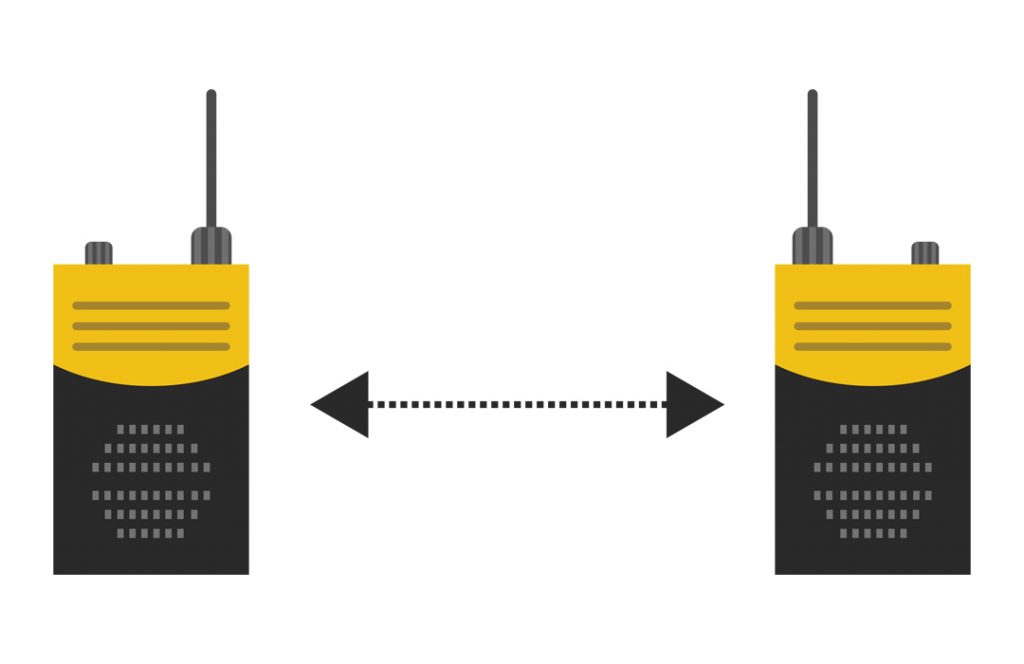
As the COVID-19 pandemic continues to unfold, farmers are feeling a mix of anxiety and uncertainty just as urban Albertans are. However, there is an emerging confidence that the ag supply chain will hold up.

Today, only two per cent of Canadians farm. The other 98 per cent may be curious but have little knowledge of it. Some don’t care or have developed a fear of agriculture. Numerous consumers read farming myths circulated on social media platforms rather than getting information from the hard-working and forward-thinking agriculture community.

Like most farmers, Jody Wacowich’s parents made efforts to be safe at their Redwater cow-calf operation. But when she was growing up on the family farm in the ’80s and ’90s, the safety culture of the day didn’t go above and beyond. She saw her share of preventable accidents and understood the difficulty in convincing those set in their ways that there was room for improvement.
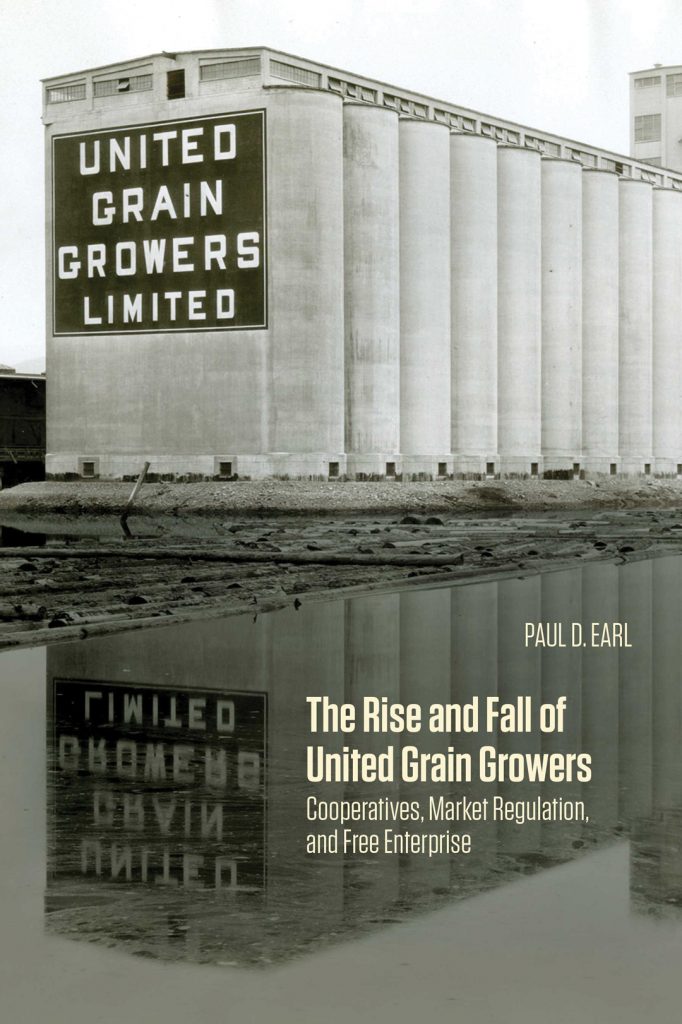
BY IAN DOIG • PHOTOS COURTESY OF UNIVERSITY OF MANITOBA PRESS A senior scholar at the University of Manitoba’s Asper School of Business, Paul D. Earl is the author of The Rise and Fall of United Grain Growers: Cooperatives, Market Regulation, and Free Enterprise. His extensive industry experience includes having worked for United Grain Growers […]
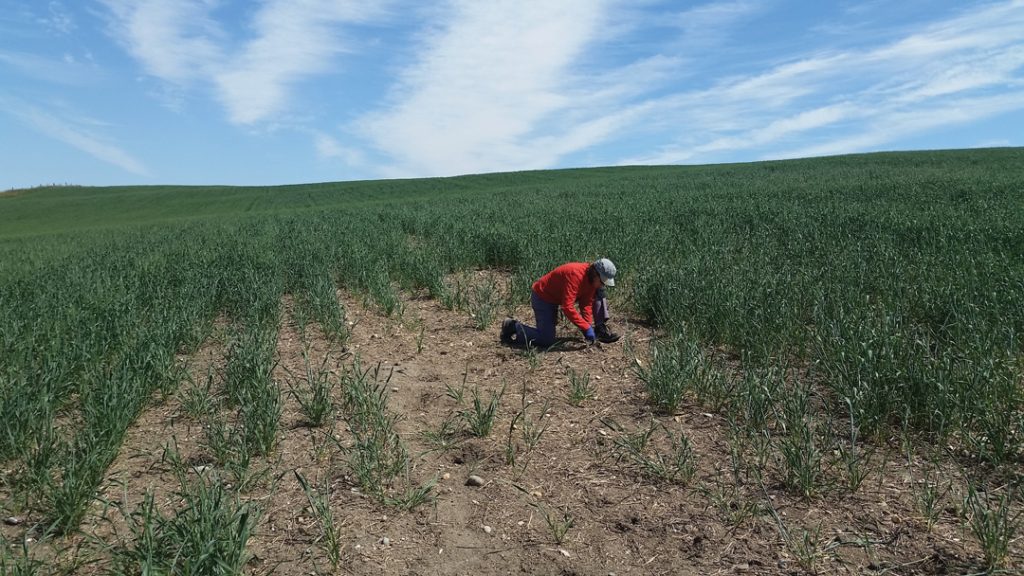
Knowledge is everything in controlling a difficult pest such as wireworm. “You’ve got to know your enemy,” said Haley Catton, Agriculture and Agri-Food Canada (AAFC) research scientist. With funding from the Alberta Wheat Commission and the Western Grains Research Foundation, she has led a three-year project that will produce a huge amount of wireworm data and contribute to integrated management approaches.
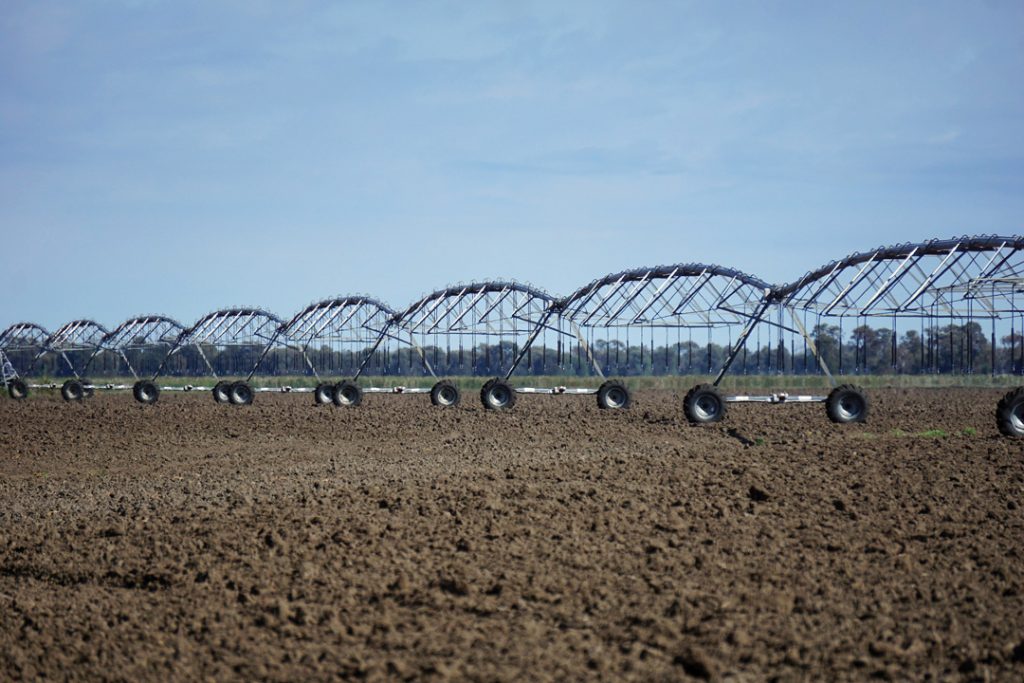
Alberta’s irrigation districts will continue to receive rehabilitation funding through 2022, albeit less than the historical average. In 2020, the 13 districts will share $14 million of Irrigation Rehabilitation Program (IRP) cash, a drop of about $6 million from the previous year. Next year, the districts will be allotted $10 million followed by $12 million in both 2021 and 2022.

Non-alcoholic beer is often associated with weak flavour, or worse, no flavour. But that’s changing. More and more, consumers are reaching for low- or no-alcohol beers when they’re cutting calories or avoiding alcohol. A growing variety of options and flavour profiles is now available to beer lovers.

Consumers still question whether or not to eat wheat. Some are increasingly more confused and even scared about the consumption of wheat. The gluten-free trend continues to subside, but low-carb diets are undergoing a resurgence.
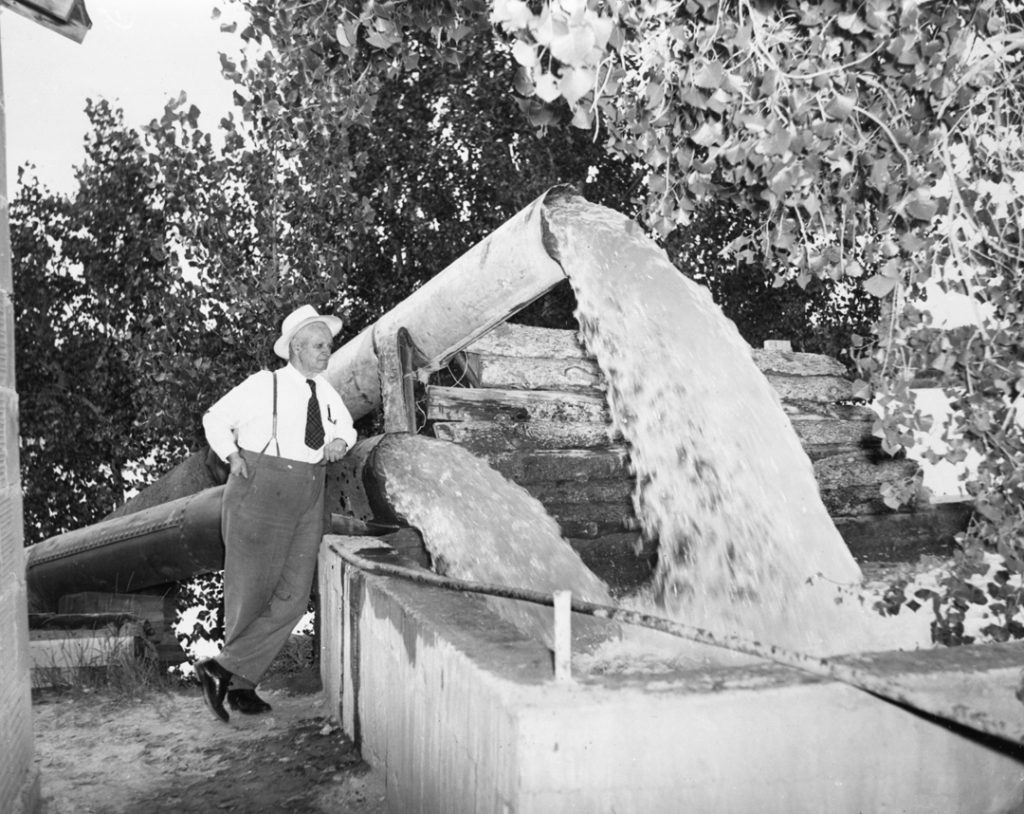
In this 1958 photo, Robert Black is obviously pleased with the water flow on the Golden Valley Irrigation Farm, which he co-owned near Medicine Hat. And with good reason.
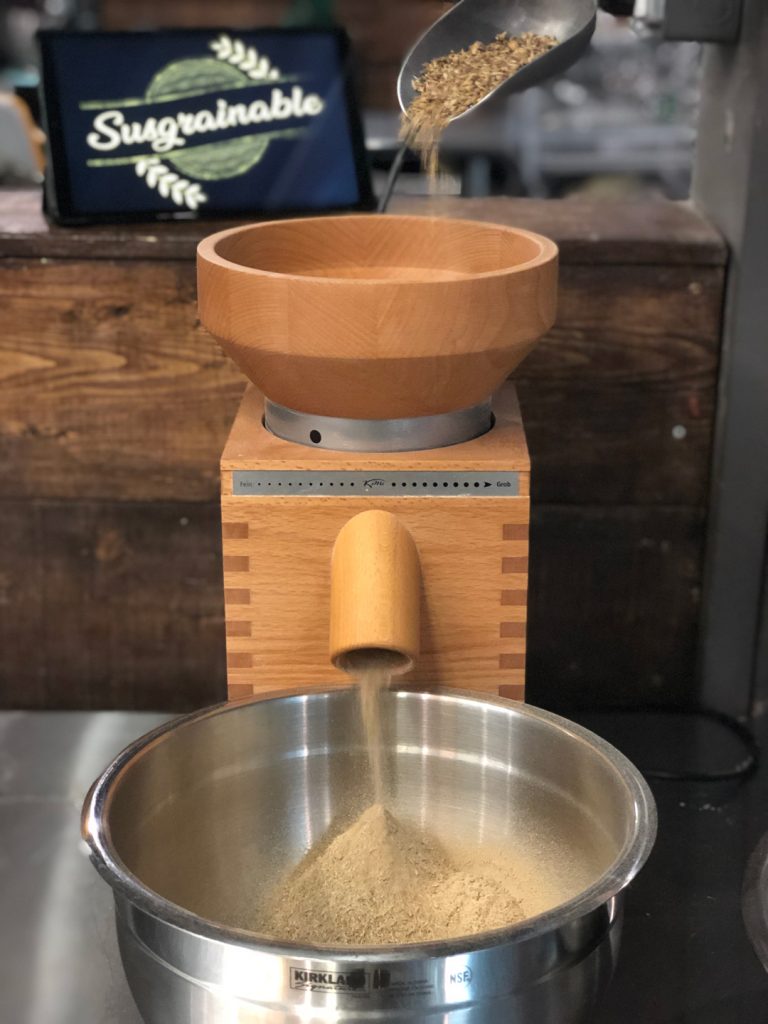
With the explosion of craft brewing comes a food waste problem. Spent grain accounts for about 85 per cent of brewing byproduct. Big breweries generate thousands of tonnes daily that is sold or given away as animal feed. Craft breweries, especially those in urban areas, don’t produce enough to make its distribution as feed financially viable. They have little choice, but to dispose of it as compost.